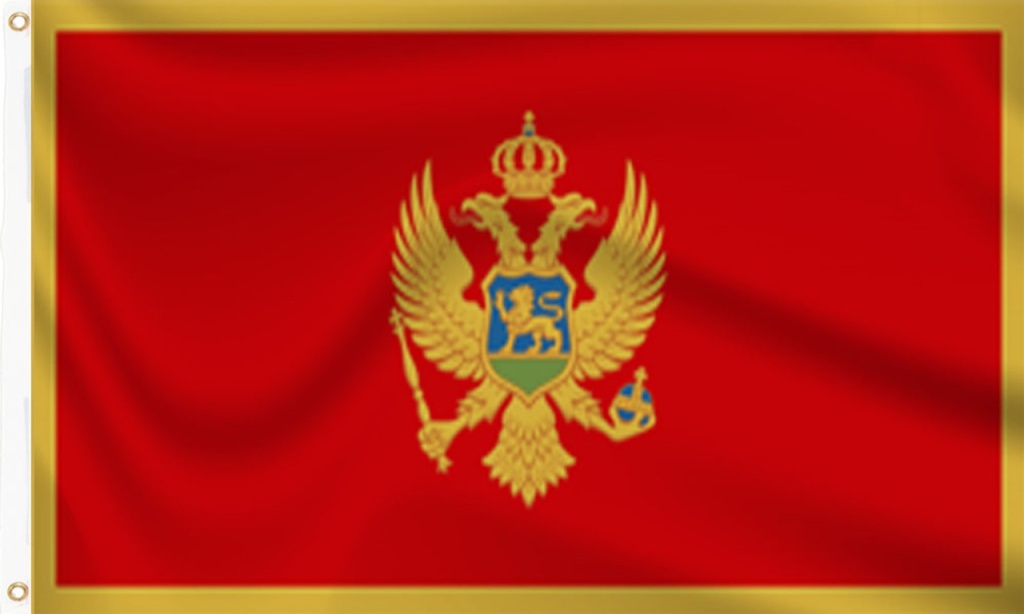
Official Name: Montenegro
Established: 21 May 2006
Population: 633,158 (2023 census)
Country Size: 13,812 square kms
Religion: 72.1% Eastern Christian Orthodox, 19.1% Islam
Languages: Albanian, Bosnian, Serbian and Croatian
Currency: Euro
Capital: Podgorica
Order of Visit: Eighty Second
First Visit: 26 April 2024
Last Visit: 28 April 2024
Duration: 3 Days
Highlights: Sea kayaking, Exploring historic Kotor, hiking to Kotor Fortress
Cities: Kotor
Montenegro Journal Entries
Location and Geography
Montenegro is a country in Southeast Europe and is located in the Balkans bordered by Bosnia and Herzegovina to the north, Serbia to the northeast, Kosovo to the east, Albania to the southeast, and Croatia and the Adriatic Sea to the northwest.
History and Culture
Modern-day Montenegro was part of Illyria and populated by the Indo-European-speaking Illyrians. The Illyrian kingdom was conquered by the Roman Republic in the Illyro-Roman Wars. During the Early Medieval period, three principalities were located on the territory of modern-day Montenegro: Duklja, roughly corresponding to the southern half; Travunia, the west; and Rascia proper, the north.
The Principality of Zeta emerged in the 14th and 15th centuries. After a period of Ottoman Empire rule, Montenegro gained semi-autonomy in 1696 under the rule of the House of Petrović-Njegoš. Montenegro’s independence was recognised at the Congress of Berlin in 1878. In 1910, the country became a kingdom.
After World War I, the Montenegro kingdom became part of Yugoslavia. In April 1941, Nazi Germany, the Kingdom of Italy, and other Axis allies attacked and occupied the Kingdom of Yugoslavia. Italian forces occupied Montenegro and established a puppet Kingdom of Montenegro. Montenegro was liberated by the Partisans in December 1944 and after the War became one of the six constituent republics of the communist Socialist Federal Republic of Yugoslavia.
Following the breakup of Yugoslavia, the republics of Serbia and Montenegro together proclaimed a federation. In June 2006 Montenegro declared its independence from Serbia and Montenegro Federation following an independence referendum, creating Montenegro and Serbia as the separate countries that exist today. Montenegro formally became a member of NATO in June 2017. Montenegro has been in negotiations with the European Union since 2012 and is expected to join in 2025.

What drew me to visit Montenegro
I had not specifically planned to visit Montenegro but was instead looking to explore the Balkan region which Montenegro is a small part of. I have limited knowledge of Montenegro’s history and unique culture so I’m going in a little blind which is exciting.
The research I’ve done talks about; the stunning coastline of the Adriatic Sea (which I will get to see at Kotor), Montenegro’s rich history and culture, and the delectable Montenegrin cuisine and local wines.
It should be fun.
What I experienced
I was only in the small country of Montenegro for a short time and only visited one city in Kotor but what a beautiful and historic city.
The Bay of Kotor is stunning. I was luckily enough to spend a few hours kayaking in the Bay which gave be a great prespective. Later viewing the Bay and Kotor itself from a mountain helped me understand this areas beauty even more.
The Old Town of Kotor is very beautiful with most buildings dating from 1668 onwards are earthquakes destoryed earlier structures. Learning the history of this area was a major bonus.
<updated 29 May 2024>

Leave a comment